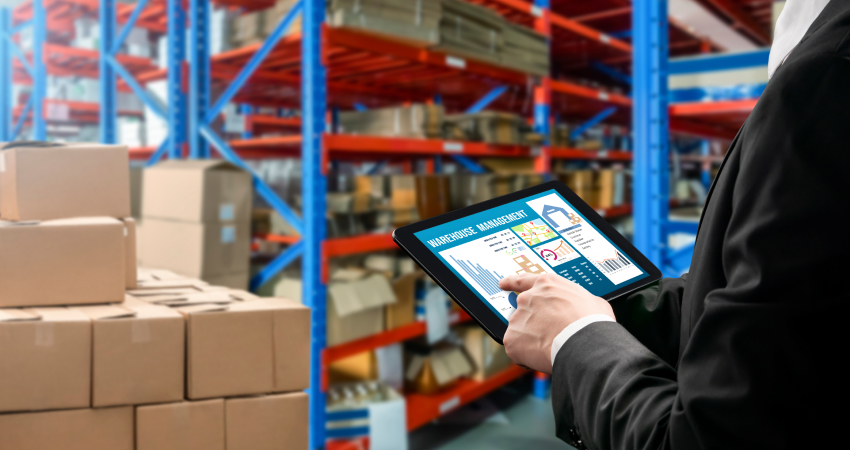Introduction:
In the fast-paced world of retail, managing back-office operations efficiently is crucial for success. Retail back office software solutions have emerged as powerful tools to streamline operations, enhance productivity, and improve overall business performance. In this article, we will explore the benefits and key features of retail back office software and delve into various solutions available to help retailers optimize their operations.
What is Retail Back Office Software?
Retail back office software refers to a suite of applications designed to streamline and automate the administrative tasks involved in running a retail business. These software solutions integrate with point-of-sale (POS) systems and other retail technologies to provide a centralized platform for managing inventory, sales, purchasing, accounting, reporting, and more. By automating these processes, retail back office software allows retailers to save time, reduce errors, and gain valuable insights into their business operations.
Benefits of Retail Back Office Software:
Efficient Inventory Management:
Effective inventory management is crucial for retailers to avoid stockouts, overstocking, and costly inefficiencies. Retail back office software enables real-time tracking of inventory levels, automates purchase orders, and provides insights into stock performance. It helps retailers optimize inventory levels, reduce carrying costs, and ensure product availability to meet customer demand.
Streamlined Sales and Reporting:
Retail back office software simplifies sales management by consolidating sales data from multiple channels and providing comprehensive reporting and analytics. It allows retailers to track sales performance, identify trends, and make data-driven decisions to improve profitability. Detailed sales reports help in analyzing customer preferences, optimizing pricing strategies, and identifying top-performing products.
Enhanced Financial Management:
Financial management is critical for any retail business. Retail back office software integrates with accounting systems to automate financial tasks such as invoicing, accounts payable/receivable, tax management, and financial reporting. By automating these processes, retailers can improve accuracy, reduce manual errors, and gain better visibility into their financial health.
Improved Employee Management:
Efficient employee management is essential for retail operations. Retail back office software provides tools for employee scheduling, time and attendance tracking, payroll management, and performance evaluation. These features streamline workforce management, ensure compliance with labor regulations, and optimize staffing levels to meet customer demands.
Centralized Data and Integration:
Retail back office software acts as a central repository for all critical retail data. It seamlessly integrates with POS systems, e-commerce platforms, customer relationship management (CRM) tools, and other retail applications, providing a holistic view of the business. Centralized data ensures data accuracy, eliminates duplication, and enables seamless information flow across departments.
Key Features of Retail Back Office Software:
Inventory Management:
Effective inventory management features include real-time tracking, automated purchase orders, stock replenishment alerts, and barcode scanning capabilities. These features help retailers optimize inventory levels, reduce stockouts, and improve overall supply chain efficiency.
Sales and Reporting:
Comprehensive sales management features encompass sales tracking, multi-channel integration, customizable reporting, and performance analytics. These tools empower retailers to gain actionable insights, measure sales effectiveness, and identify growth opportunities.
Financial Management:
Financial management features include invoicing, accounts payable/receivable, tax management, financial reporting, and integration with accounting systems like QuickBooks or Xero. These capabilities ensure accurate financial tracking, streamlined processes, and compliance with accounting regulations.
Employee Management:
Employee management features include scheduling, time and attendance tracking, payroll management, and performance evaluation. These tools help retailers optimize workforce planning, track employee productivity, and ensure compliance with labor laws.
Integration and Scalability:
Retail back office software should offer seamless integration with existing systems, such as POS, CRM, and e-commerce platforms. It should also provide scalability to accommodate business growth and adapt to evolving retail technologies.
Popular Retail Back Office Software Solutions:
Microsoft Dynamics 365 for Retail:
Microsoft Dynamics 365 for Retail offers a comprehensive suite of applications for retail operations, including inventory management, point of sale, merchandising, and customer engagement. It provides robust reporting and analytics capabilities, along with seamless integration with other Microsoft tools.
Oracle Retail:
Oracle Retail offers a range of solutions for various retail segments, including inventory management, order management, merchandising, and supply chain optimization. Its scalable platform caters to the needs of small retailers to large enterprises, offering robust features and integration capabilities.
NetSuite SuiteCommerce:
NetSuite SuiteCommerce is an all-in-one cloud-based retail management system that includes e-commerce, order management, inventory control, financials, and CRM. It provides a unified platform for retailers to manage their online and offline operations effectively.
Lightspeed Retail:
Lightspeed Retail is a cloud-based POS and retail management solution designed for small to medium-sized retailers. It offers features such as inventory management, sales tracking, reporting, and integration with e-commerce platforms, providing a holistic solution for retail operations.
Vend:
Vend is a cloud-based retail management platform that combines POS functionality with inventory management, customer management, and reporting. It offers flexibility, ease of use, and integration capabilities with other business applications.
Conclusion:
Retail back office software solutions have become essential tools for modern retailers looking to streamline their operations, enhance efficiency, and drive growth. By automating inventory management, sales tracking, financial management, employee management, and offering centralized data and integration capabilities, these software solutions empower retailers to make informed decisions and deliver exceptional customer experiences. When selecting a retail back office software solution, consider the specific needs of your business, scalability requirements, integration capabilities, and support provided by the software provider. By choosing the right solution, you can optimize your retail operations and stay competitive in today’s dynamic retail landscape.

